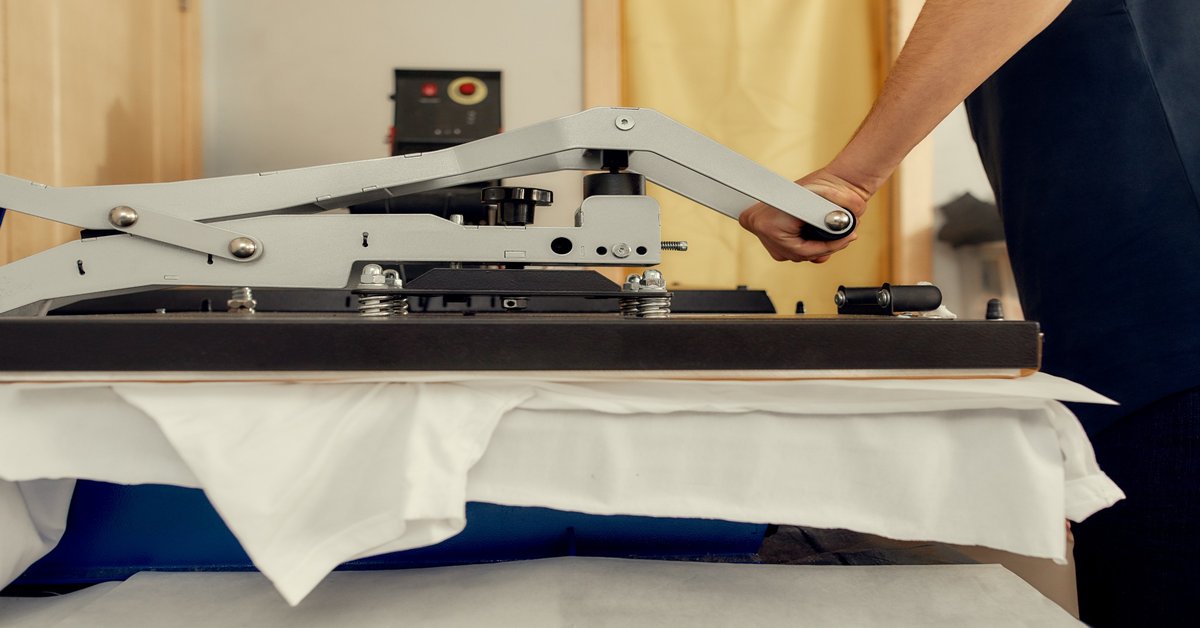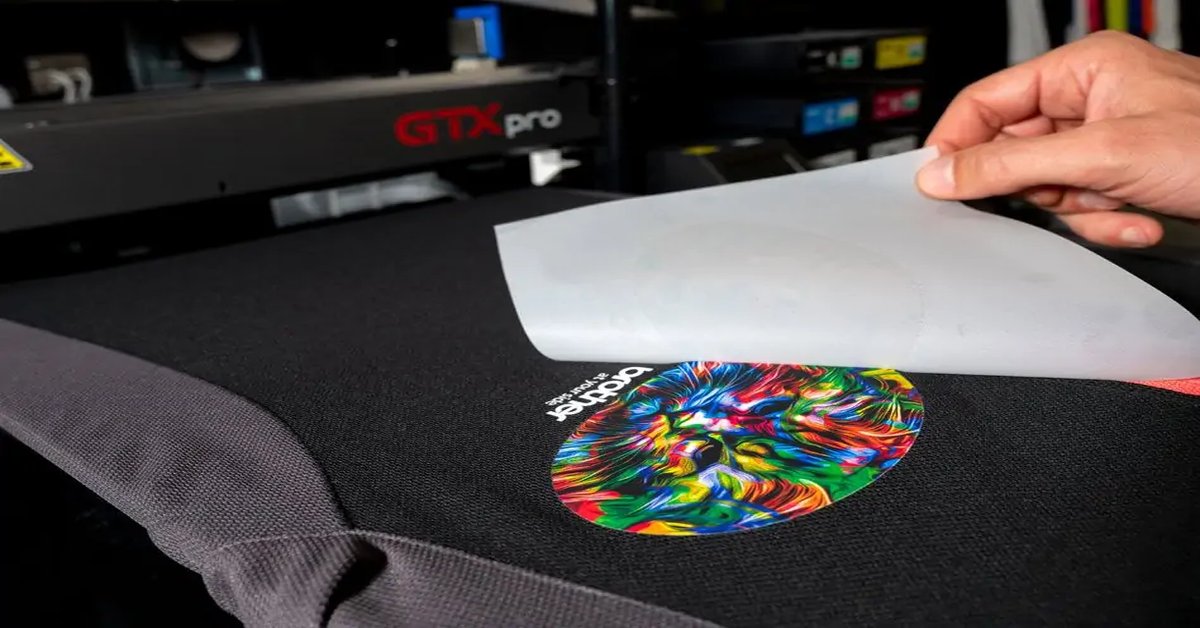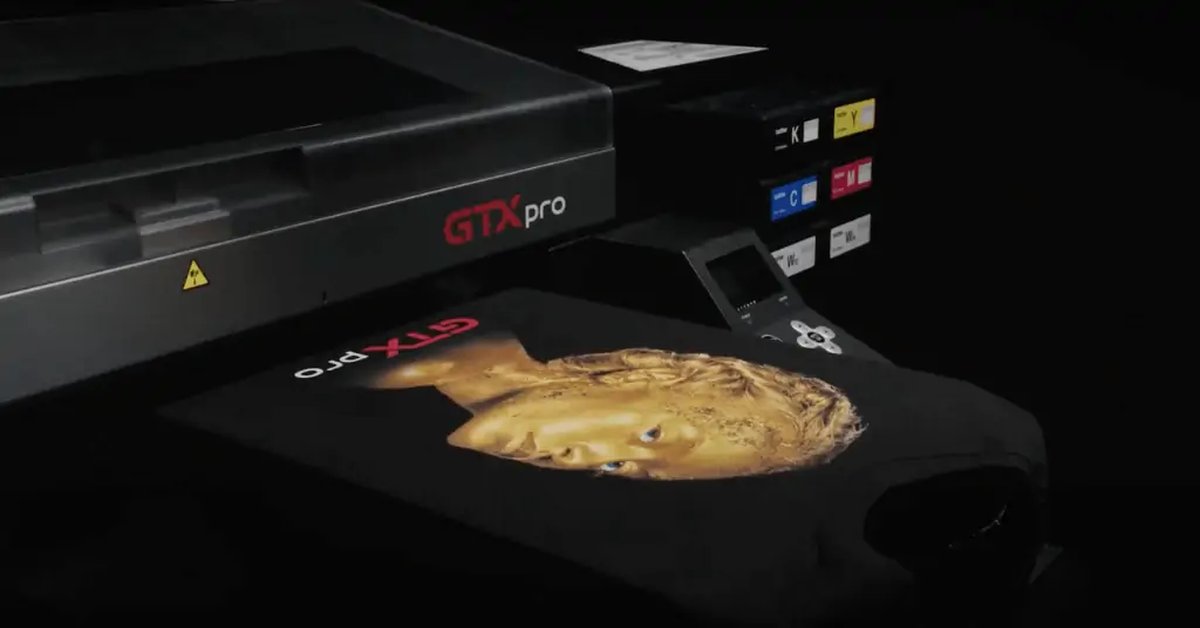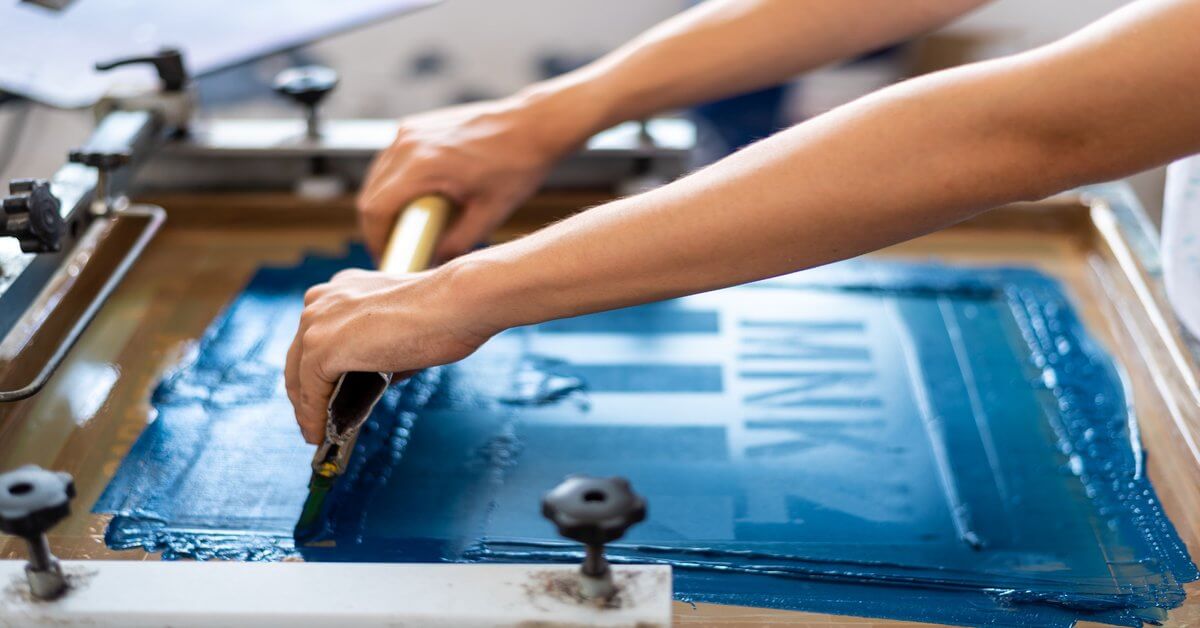Your Cart is Empty
In order to provide you with a competitive quote, Please send us the following and we’ll get back to you as soon as we can:

A Complete Guide to Sublimation Printing: What It Is, How It Works, and Its Applications
Sublimation printing has rapidly gained popularity in the world of textile, apparel, and product customization due to its vibrant results, versatility, and durability. If you’ve been searching for a way to bring your designs to life on various products like t-shirts, mugs, phone cases, or signage, sublimation printing might be exactly what you need.
In this comprehensive guide, we’ll explore everything you need to know about sublimation printing—from the science behind it, the equipment you need, its advantages over other printing methods, and a deep dive into its applications. Whether you're a small business owner looking to expand your offerings or a DIY enthusiast, this guide will provide valuable insights into mastering sublimation printing.
Sublimation printing is a digital printing method that uses heat to transfer dye onto materials such as fabrics, ceramics, and metals. Unlike traditional printing techniques, sublimation involves turning solid dye directly into gas without passing through a liquid phase, a process known as sublimation.
This method is particularly effective for printing on polyester fabrics and coated materials, making it an excellent choice for creating custom clothing, home décor, and various promotional products. The result is a long-lasting, high-quality image that won’t crack, peel, or fade.
The science behind sublimation is rooted in heat and pressure. The special sublimation ink, when heated, transforms from a solid state directly into a gas. This gas permeates the surface of the substrate, bonding with it on a molecular level to create vibrant, full-color images. Since the dye is embedded within the surface, rather than just being printed on top of it, sublimation prints are highly durable.
The sublimation printing process can be broken down into a few simple steps:
You start by creating your design using graphic design software like Adobe Photoshop, Illustrator, or even a specialized sublimation design program. Since sublimation inks can create very vibrant and complex images, you can experiment with photo-realistic designs, detailed artwork, and gradients.
Once your design is ready, it’s printed onto sublimation paper using a sublimation printer. This printer uses sublimation ink, which is essential for this process. The ink is printed in a reverse or mirror image, as the transfer will flip when applied to the product.
After printing, the sublimation paper is placed on the product’s surface. The product and paper are then placed into a heat press machine, which applies both heat and pressure. This is where sublimation happens: the ink turns into gas and is absorbed by the material, permanently embedding the design.
Once the heat press cycle is complete, the item is removed and allowed to cool. The sublimation paper is peeled off, leaving behind a vivid, high-quality print on the material.
There are many reasons why sublimation printing has become the go-to method for product customization:
To get started with sublimation printing, you need a few key pieces of equipment and supplies:
Special sublimation printers are designed to use sublimation ink, which is different from traditional inkjet inks. Popular printer brands include Epson and Sawgrass, both of which offer high-quality sublimation printers.
This specially coated paper is designed to hold sublimation ink and release it during the heat transfer process. Sublimation paper ensures that the ink converts from a solid to a gas and embeds onto your substrate efficiently.
A heat press machine is crucial for the sublimation process, as it provides the required heat and pressure to transfer the design onto your product. Depending on your needs, you can choose from clamshell, swing-away, or multipurpose heat presses.
Sublimation inks are designed to turn into gas under heat. They work best with polyester fabrics or specially coated substrates like ceramics, aluminum, or glass.
While both methods involve transferring designs using heat, sublimation is superior for durability and color vibrancy. Heat transfer places a layer of vinyl on top of the fabric, which can crack and peel over time, whereas sublimation embeds the dye within the material itself.
Screen printing is more cost-effective for large batch orders and allows for printing on a wider variety of materials, including cotton. However, it lacks the color depth and detail that sublimation can offer. Sublimation is ideal for small runs, intricate designs, and full-color printing.
Sublimation printing is widely used across several industries. Here are some of its most popular applications:
Sublimation printing is commonly used for creating custom t-shirts, jerseys, and activewear. Since the process works best on polyester fabrics, it’s often used for sports and fashion garments that need to withstand regular washing without fading.
Sublimation can be used to create personalized home décor items such as throw pillows, curtains, and blankets. The ability to print full-color, photo-realistic images makes it a popular choice for interior designers and DIY decorators.
Custom mugs, phone cases, and keychains are just a few of the personalized products that can be made with sublimation printing. It’s the perfect method for one-of-a-kind gifts, special occasions, or branded promotional items.
For businesses, sublimation printing offers an affordable and effective way to create branded merchandise such as hats, bags, mouse pads, and even metal signage. The high-quality, durable print ensures that company logos and designs look professional and long-lasting.
Starting your sublimation printing business or hobby doesn’t have to be complicated. Here’s a step-by-step guide to help you get up and running:
Even experienced sublimation printers encounter issues. Here are some common problems and their solutions:
Sublimation printing is expected to grow in popularity as technology advances. Innovations in printer capabilities, expanded substrate options, and improved inks mean that the possibilities for customization are endless. As more industries embrace personalized products, sublimation printing will continue to be at the forefront of modern printing solutions.
Sublimation printing offers a unique blend of quality, durability, and versatility, making it one of the best printing methods available today. Whether you're looking to expand your business offerings or explore a new hobby, sublimation provides endless


